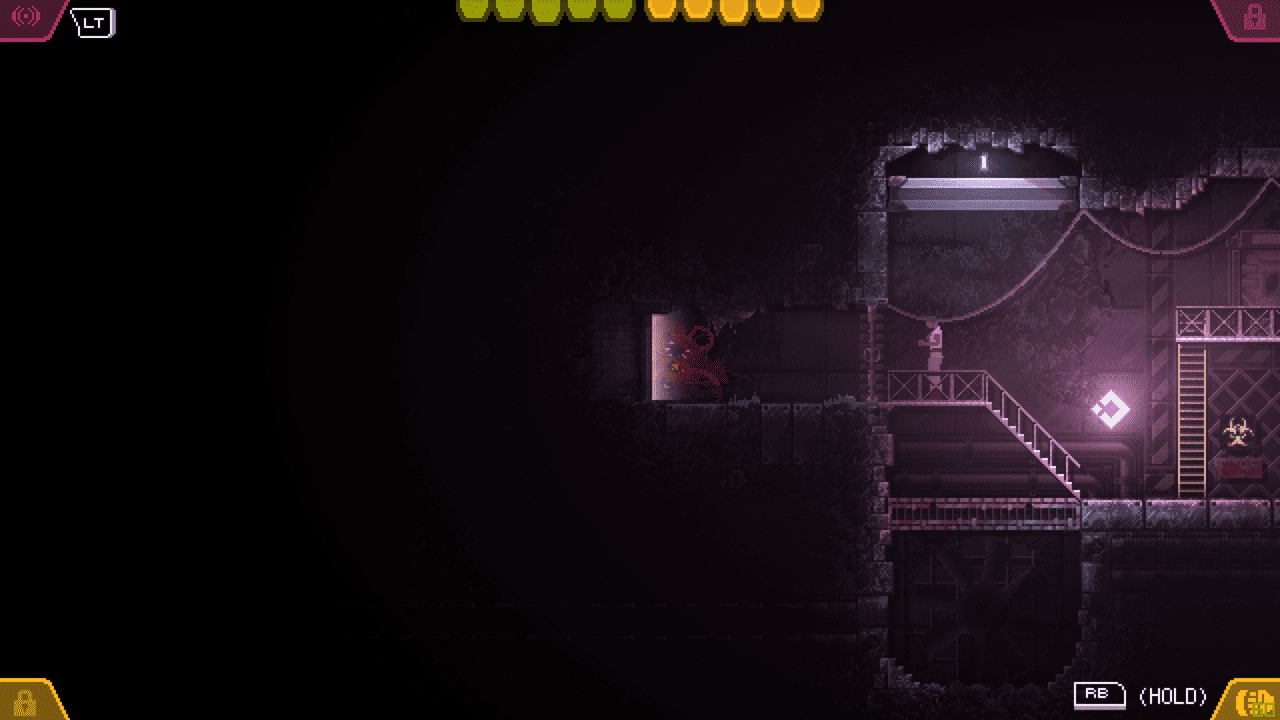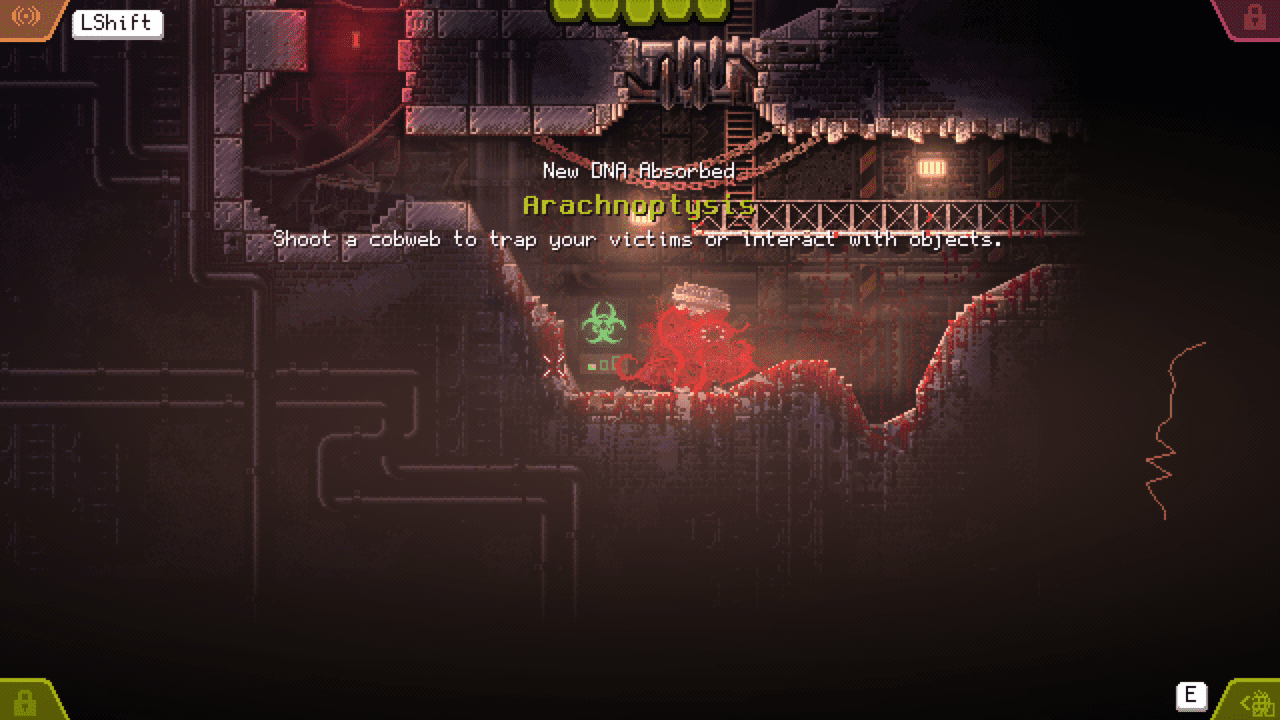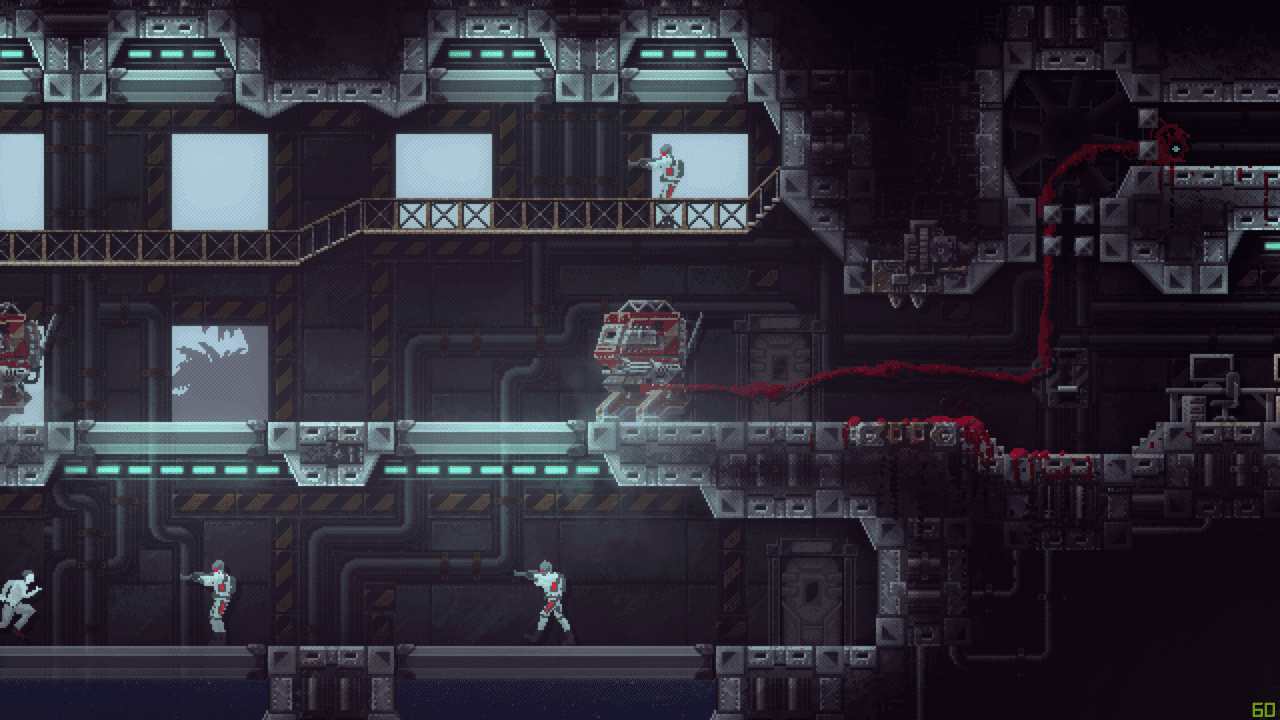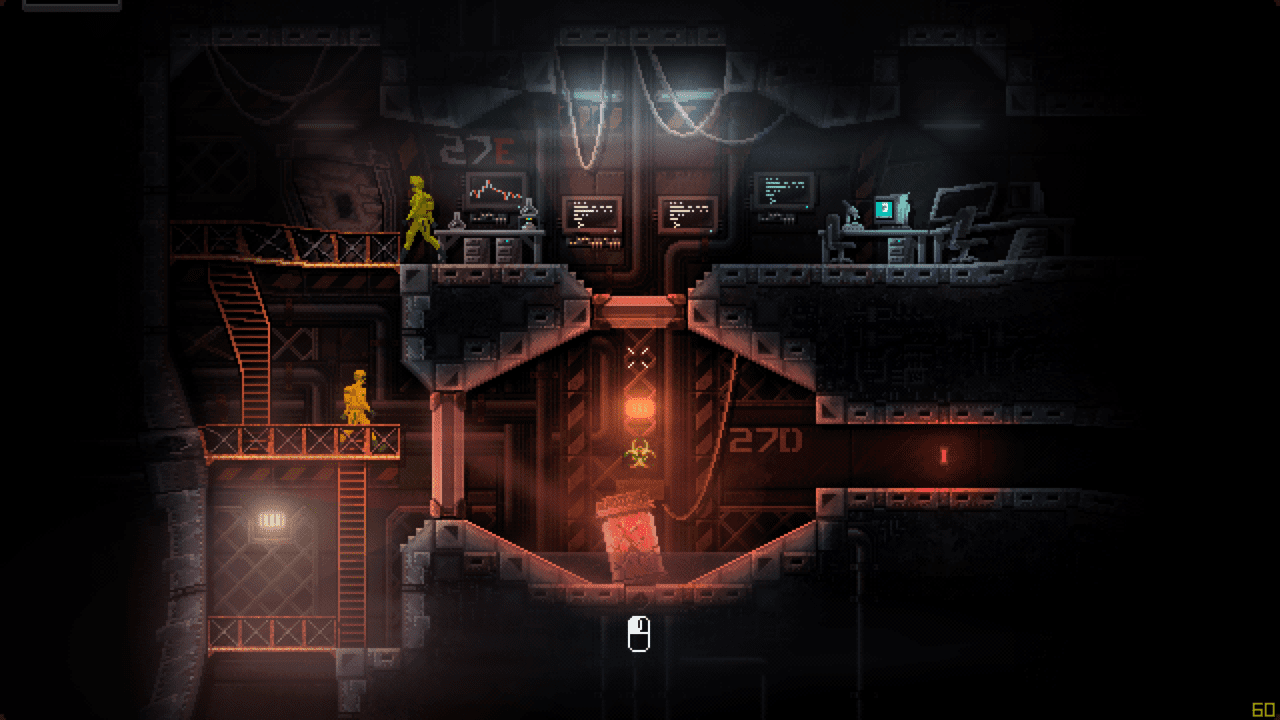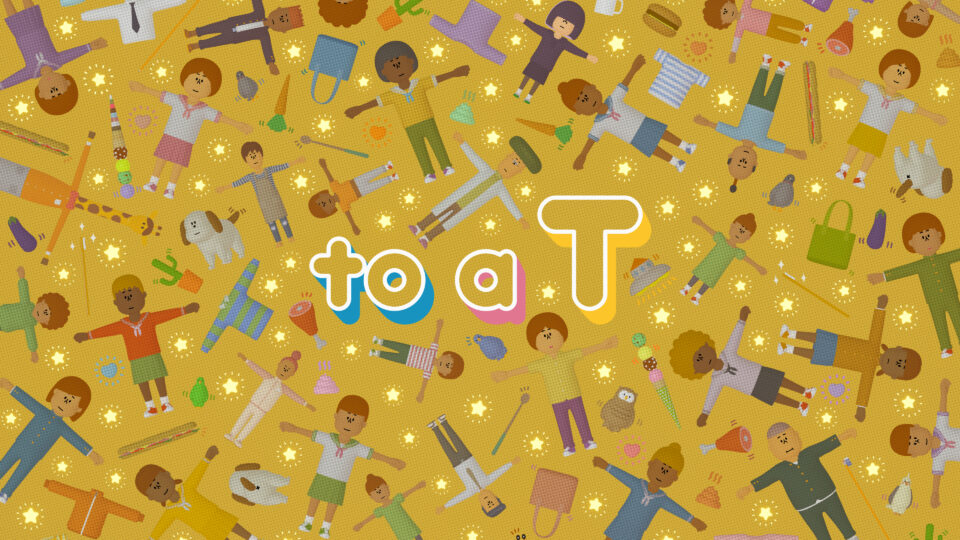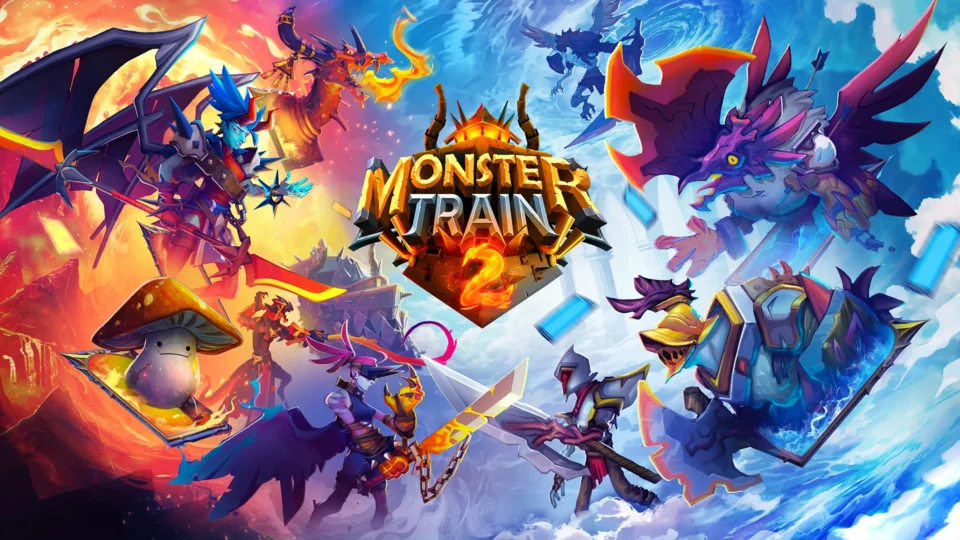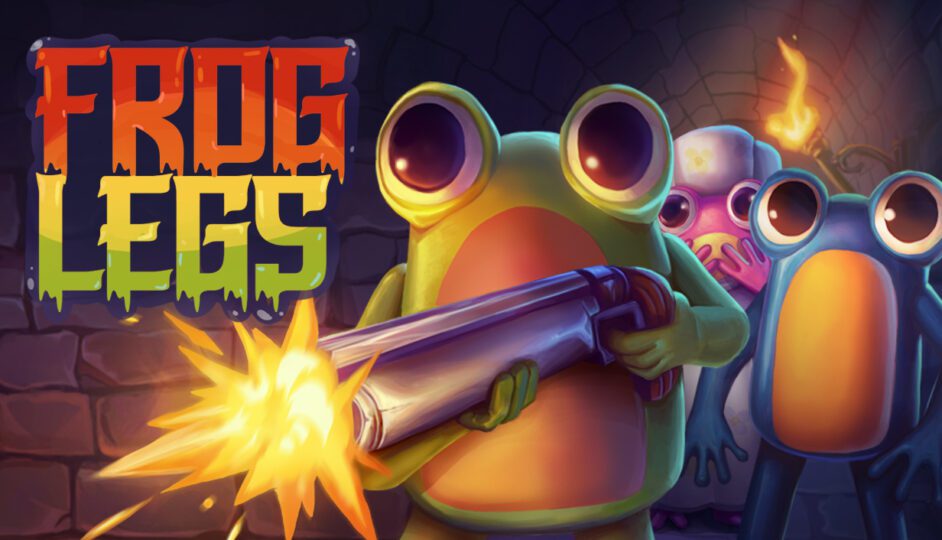The world of horror video games is full of unmentionable horrors, often drawing on a sense of emulated suspense and fear. Some games choose to stalk players, unleashing a monstrosity upon them that seeks to inflict impending doom, while others use their grim environments to play mind games. In Carrion, however, players must inhabit the kind of incomprehensible form they’ve come to fear, engaging in mechanics so unnatural to human nature that you can’t help but squirm.
At its core, Carrion is a reasonably typical 2D Metroidvania affair, featuring a rhythm that pays tribute to its genre. What makes this ‘reverse-horror’ so unique, however, is the way it injects the player into the spaghetti-like tentacles of a science experiment gone wrong. While the digital persona of characters can often fade into the background, Carrion continually reminds you that you’re a monster – ensuring you make time to wretch at the way you interact and explore the confines of your origins.
The plot of Carrion is gradually revealed throughout the game’s progression, which also means it takes a backseat to the primary gameplay loop of trying to escape a mysterious research facility. Our tale of terror begins with our unconventional protagonist gaining sentience, which is portrayed by having you burst out of a strange vat. Once your slimy avatar is free, the game presents you with an opportunity to get to grips with movement – which is far removed from the typical array of platforming mechanics usually featuring in 2D games. Traversing each board of Carrion involves latching onto walls with your sticky appendages, which naturally occurs when moving.
When combined with the ability to grab objects, doors and grates by aiming and pressing the action button, the process of navigating each level becomes terrifyingly slick and satisfying. Our monstrous form somehow feels smooth and elegant, while also being destructively powerful, something that feels like a joy to control. Strength can also be determined by how the player moves the directional reticule, as movements can either be gentle enough to politely open a door, or rip it off its hinges in a terrifying fashion. This same principle applies to the game’s physics in general, which can make each action feel unique to a personal playstyle.
Mechanically, Carrion has no time to listen to your sense of morality, as it places the consumption of any life form that crosses your path centre stage. Pressing the action button in the direction of a human will prompt our carnivorous creature to latch onto them, resulting in the consumption of their lifeless body. Since humans are this game’s food source, snacking on scientists will both replenish your health and help you grow big and strong – which is sort of like a promise from a Petit Filous yoghurt commercial. The twisted howling of terrified victims might make this process seem a bit cruel, but it’s crucial to your survival within the walls of this strange facility.
The primary loop of munching on cadavers and searching for an exit feels mindless at first, perfectly illustrating the expected cognitive state of a newly sentient ball of strawberry laces. It’s through progressively unlocking mechanics, however, that we start to feel more calculated, which also correlates perfectly with the increased threat level. Upgrades exist in the form of DNA containers within each stage, which will subsequently provide our abomination with abilities that will allow new areas to be accessed. While some areas are simply blocked by a wooden barrier or grate that can be pulled or smashed with new respective abilities, some access points require something slightly more cunning.
Each ability that’s available to our malicious ball of meat ranges from simplistic usefulness to being beautifully abominable. The games arsenal of atrocities features being able to turn invisible, use web-like projectiles to hit door switches and even control humans like a puppet on a string – or in this case, tentacle. Controlling human characters is reminiscent of the mechanics found within the Oddworld series, providing the same sense of deception that made the likes of Abe’s Oddysee so iconic. The fact you can either try and blend, or use the humans own weaponry against them, such as guns and mechs, is ridiculously fun and breaks up the core gameplay perfectly.
While there are various abilities to wield, they come at a cost. Carrion manages to buffer any kind of god complex by basing ability accessibility on your current size. In doing this, the game forces you to sacrifice the safety of your acquired health and acquired mass to access specific abilities, adding both a puzzle element, as well as a sense of vulnerability. In contrast to growth, downsizing requires you to place your excess mass within a pool of water to be recollected later, with the alternative being losing your weight through receiving damage. This process might seem repetitive at first, but ultimately enhances the puzzle elements of the game, which also ascends our putrid protagonist’s intentions from instinctive to being calculatedly deviant.
Despite being a dangerous, fear-inducing creature, there’s still plenty of threats that could lead to the player’s demise. As aforementioned, not every human within the game will run in terror from your tentacles, with some wielding weapons such as guns, artillery, flamethrowers and spikey shields – you know, standard monster mashing equipment. There are also various security measures within each area, ranging from turrets to deadly explosives, which adds yet another layer of danger and complexity. Just as you’d expect, this facility is hellbent on making sure you never leave, especially since it’s fairly evident you’ll not be an advocate of world peace.
Carrion’s choice of 2D aesthetic might not be unique, but it demonstrates how to use the art style in a way that both enhances the gameplay and makes it a visual marvel. The pixelated gore and body horror of Carrion is comparable to the likes of John Carpenter’s ‘The Thing’, which is an exceptional feat. Despite this being a reverse horror, I often found myself wincing at the violent decimation of the scientists within the facility, even though it was by my hand. Carrion also makes excellent use of its foreboding soundtrack and gut-churning sound effects, which again, make you fear yourself more than you fear the humans fending you off.

Nailing that evil science vibe
If Carrion has any faults at all, they can be found within its lack of navigational aid. As there’s no in-game map, navigating to and from the various sections of the game becomes reliant on your own memory and subtle environmental clues. Things like exit signs and LED message boards can indicate clues to which direction to take but aren’t usually enough on their own. This leads to a lot of tedium, exploring rooms that have already had their walls painted red and doors ripped open. While the solution doesn’t necessarily have to be a map, it would be nice to have some sort of measure to prevent the immersion-breaking feeling of being lost.
Carrion stands as a shining example of how to make something unique within a saturated genre. Being able to create a sense of fear and dread within a player, despite playing them in the shoes of the game’s antagonist is an incredible feat, one of which has yet to be adequately achieved by other reverse horror games such as Dead by Daylight or Left 4 Dead. Phobia Game Studio have clearly put a lot of thought into the premise of this game, both perfecting its primary loop and drawing on mechanics that tribute some of the best experiences from other games. If more games could adopt the understanding of Horror that Carrion has, the genre could see itself progress past the typical jump scares and zombie hoards we’ve come to expect.


